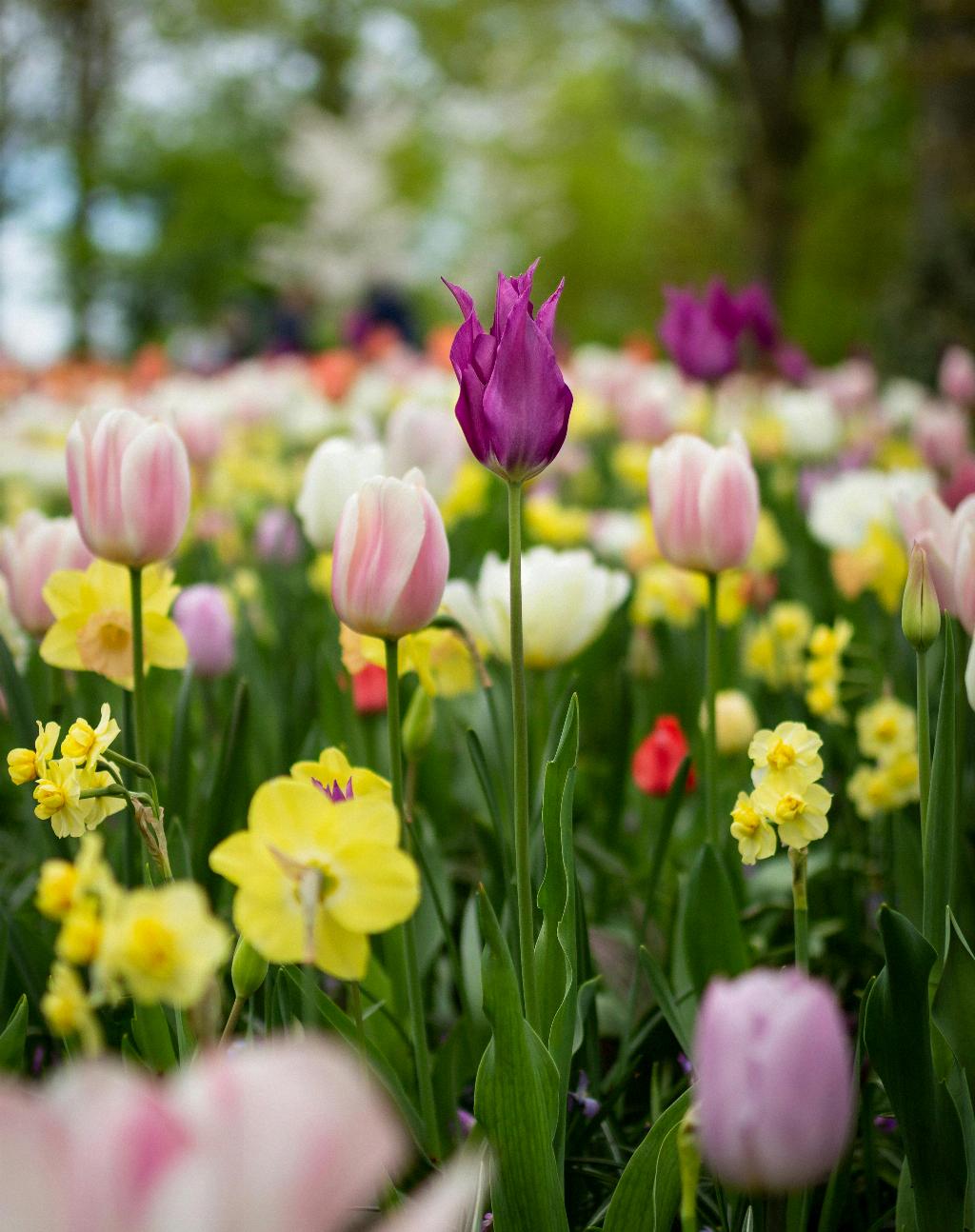Planting tulips in Wisconsin requires careful timing to ensure they bloom beautifully in the spring. Understanding the climatic conditions and soil temperatures is crucial for the success of your tulip bulbs. Here is a detailed guide on when to plant tulips in Wisconsin for optimal growth and vibrant blooms.
Understanding the Planting Window
The ideal time to plant tulips in Wisconsin is from mid-September until the soil freezes, which typically occurs in November. To give your tulip bulbs the best chance to thrive, aim to have them planted by mid-October. This timeline allows the bulbs to establish a strong root system before winter sets in, ensuring they are well-prepared for spring growth.
Choosing the Right Location
When selecting a location for your tulip bulbs, opt for an area that receives ample sunlight. Tulips thrive in full sun, so choose a spot in your garden that gets at least 6 hours of sunlight daily. Ensure the soil is well-drained to prevent waterlogging, as wet soil can lead to bulb rot.
Soil Preparation
Before planting your tulip bulbs, prepare the soil by loosening it to a depth of about 12 inches. Remove any rocks, weeds, or debris that could impede bulb growth. Adding organic matter, such as compost, can enhance soil fertility and improve drainage, creating an optimal environment for tulips to flourish.
Planting Depth and Spacing
When planting tulip bulbs, ensure they are placed at the appropriate depth. In Wisconsin, tulip bulbs should be planted 6 to 8 inches deep, with the pointed end facing upwards. Space the bulbs about 4 to 6 inches apart to allow room for growth and ensure good air circulation.
Protecting Your Bulbs
After planting your tulip bulbs, consider protecting them from hungry critters like squirrels and deer. Using wire mesh or covering the planting area with a layer of mulch can deter pests from digging up your bulbs. Additionally, consider applying a repellent to safeguard your tulips.
Watering and Care
Once your tulip bulbs are in the ground, water them thoroughly to help initiate root growth. During the fall, continue to water as needed to keep the soil moist but not waterlogged. Mulching can help retain moisture and regulate soil temperature, promoting healthy bulb development.
Spring Blooms
As winter fades and spring approaches, you can look forward to vibrant tulip blooms in your garden. Keep an eye on your tulips as they emerge, ensuring they receive adequate water and sunlight. Deadhead spent blooms to encourage new growth and prolong the flowering period.
Post-Blooming Care
After your tulips have finished blooming, allow the foliage to wither naturally before removing it. The leaves provide vital nutrients to the bulbs for the following year’s growth. Consider planting annuals or perennials nearby to fill the space once the tulips have completed their showy display.
Long-Term Maintenance
To ensure the longevity of your tulip bulbs, consider lifting and dividing them every few years. This process helps prevent overcrowding, promotes better airflow, and rejuvenates the bulbs for continued blooming. Store the bulbs in a cool, dry place until the next planting season.
Enjoying Your Tulips
By following these planting guidelines and care tips, you can enjoy a colorful tapestry of tulips in your Wisconsin garden year after year. Experiment with different tulip varieties, colors, and planting schemes to create a stunning display that brightens up your outdoor space and showcases the beauty of spring.

